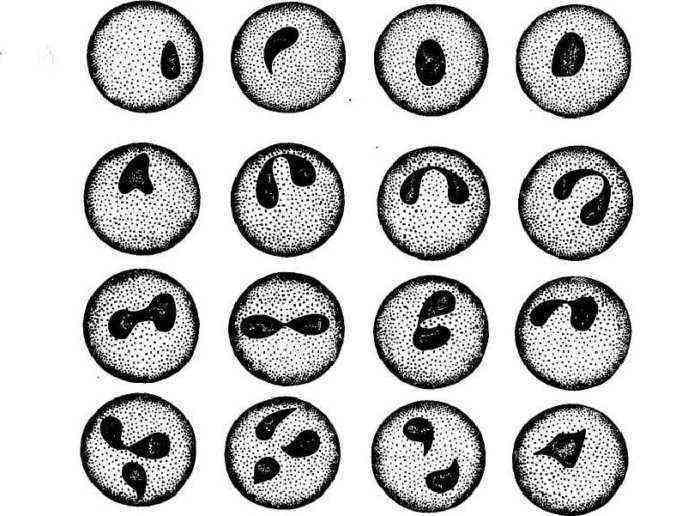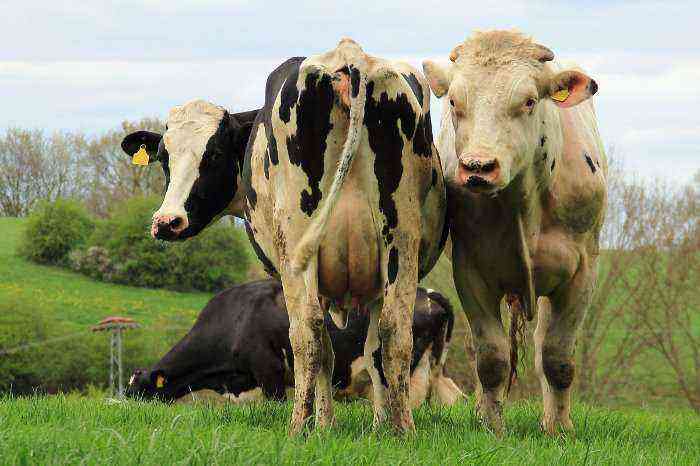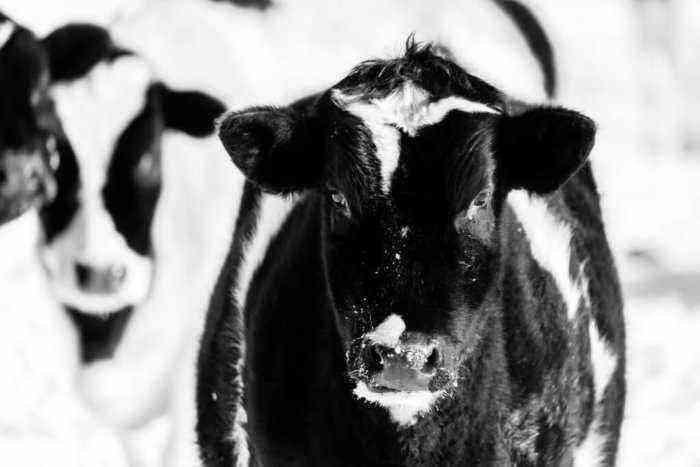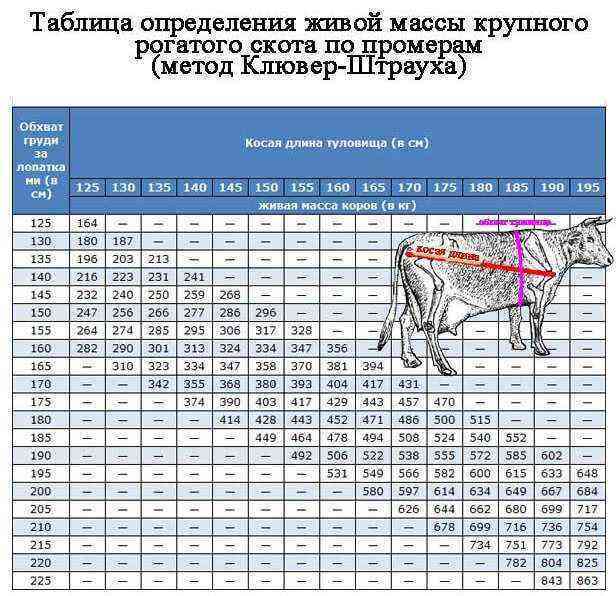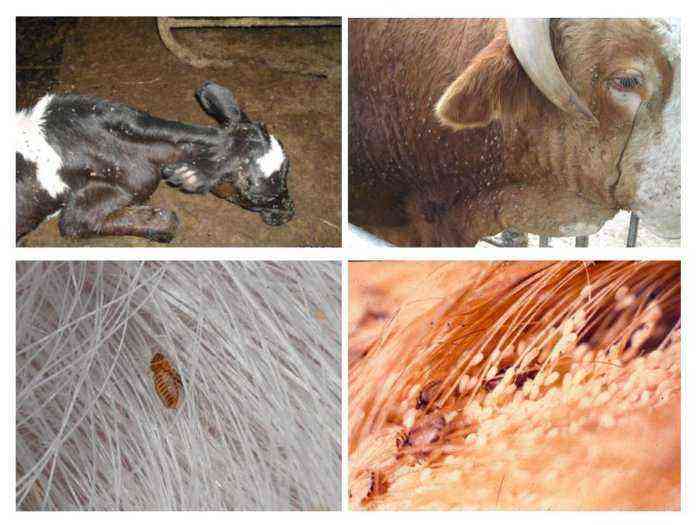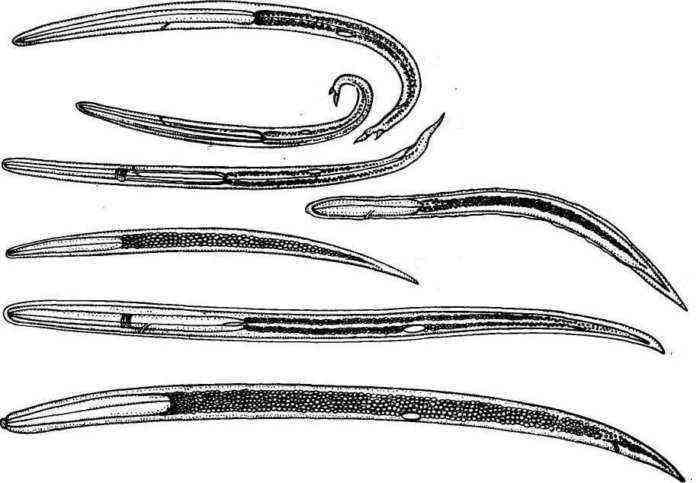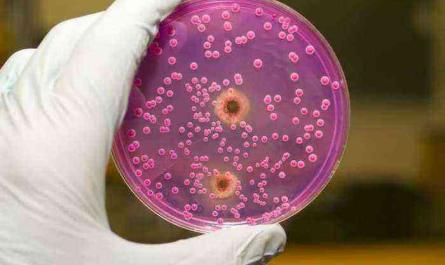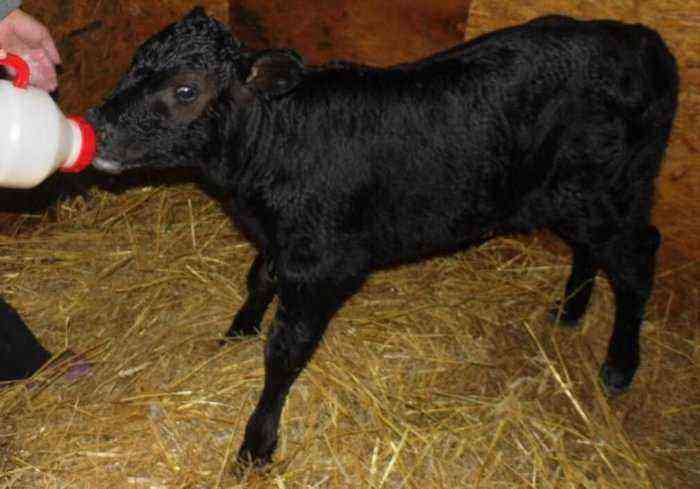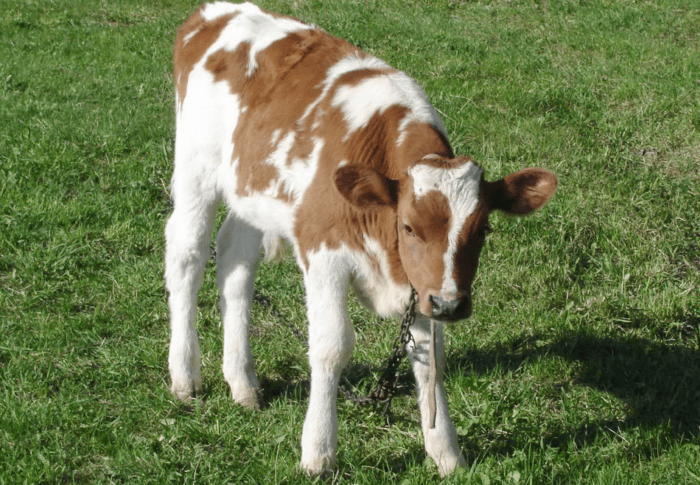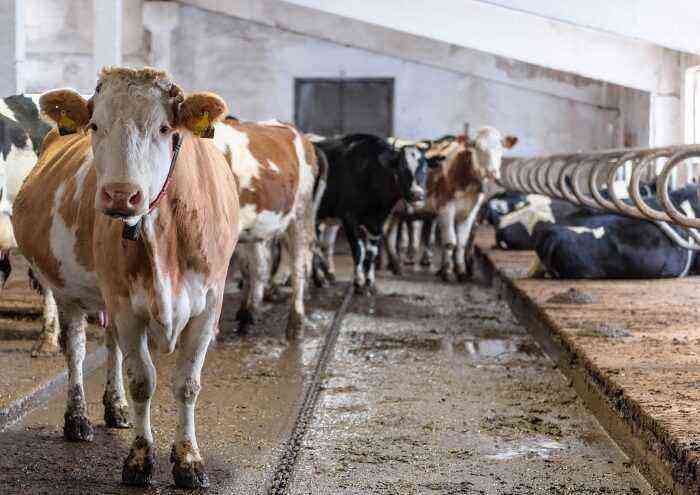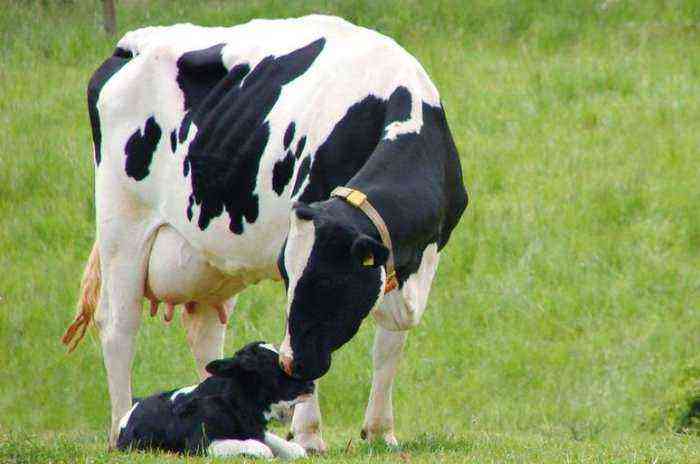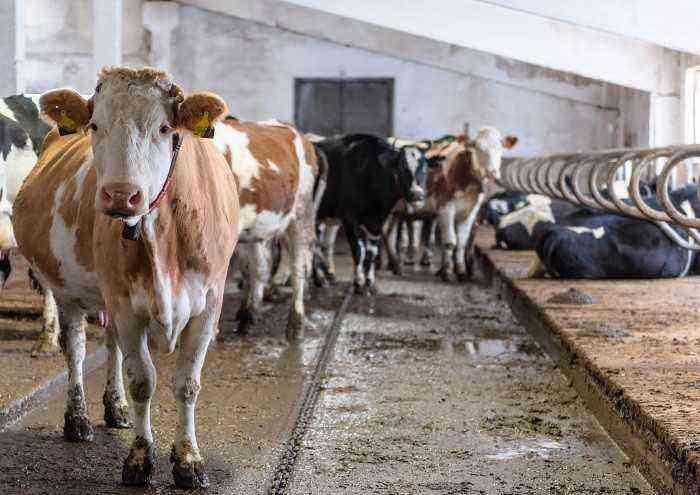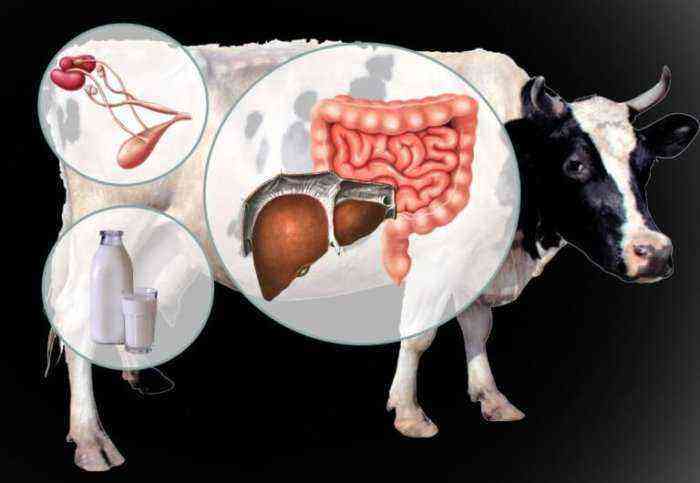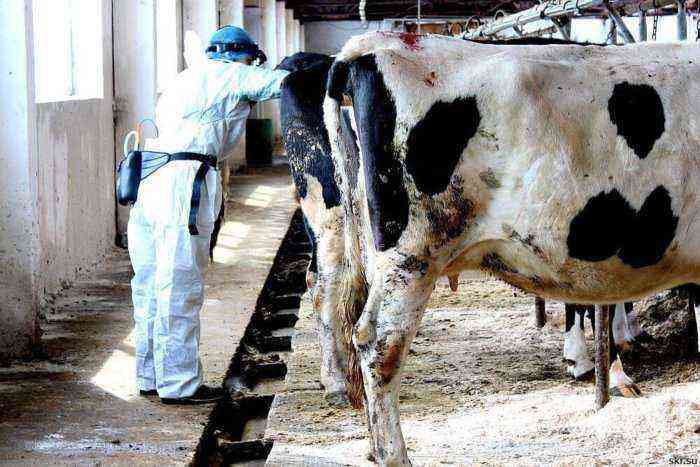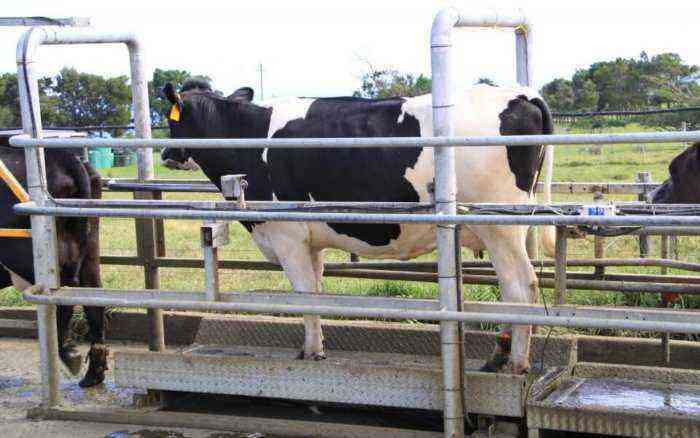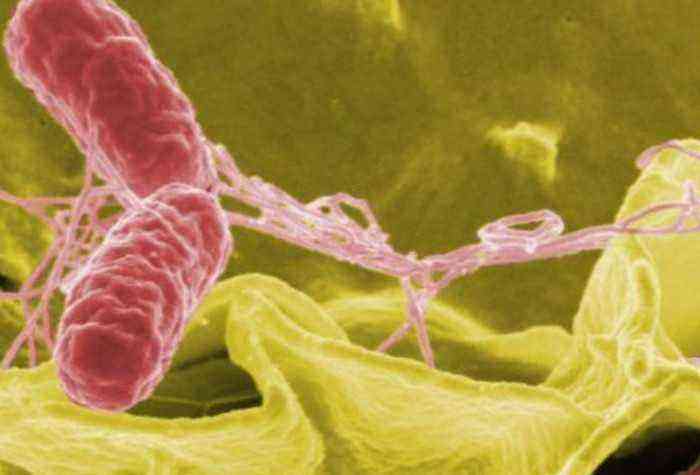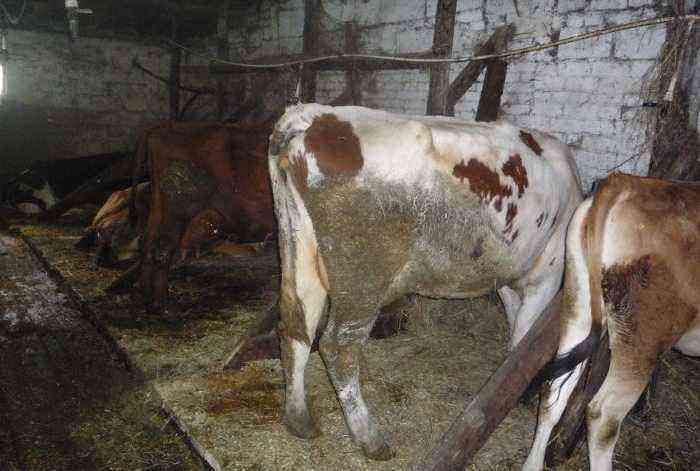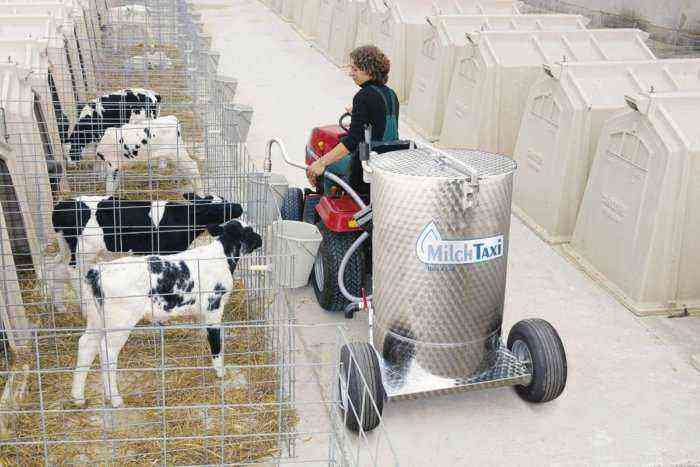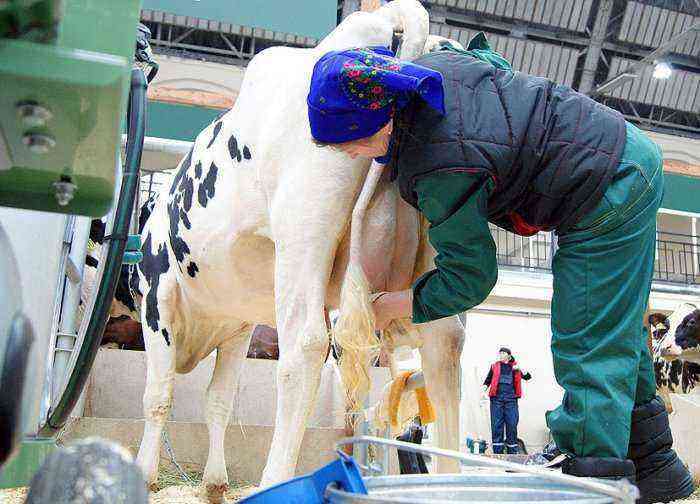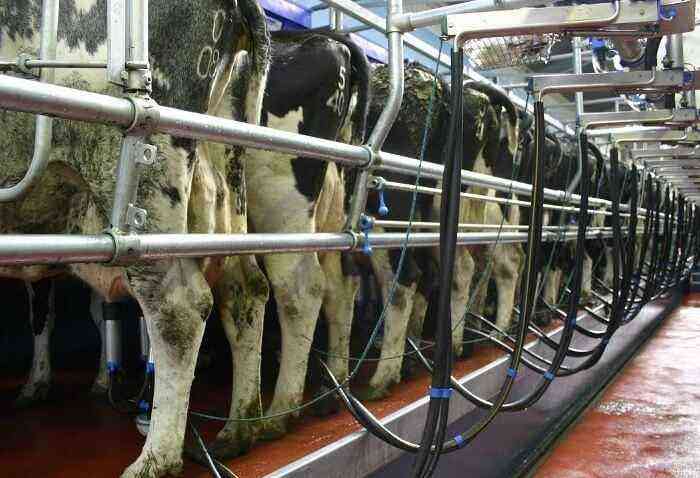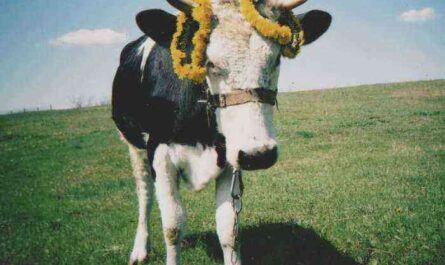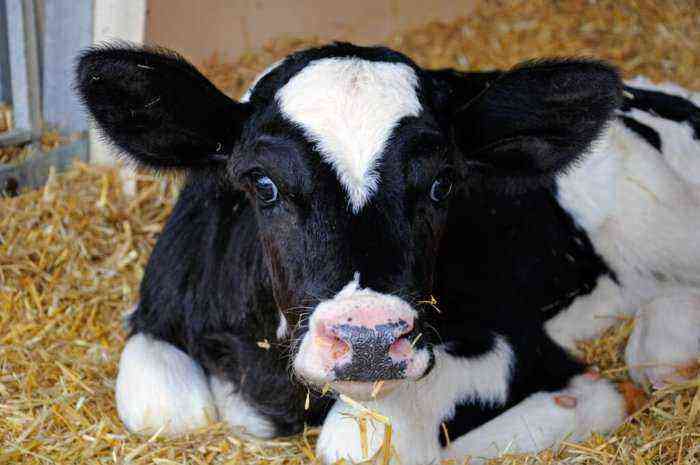Chlamydia in cattle is an infection that affects, in most cases, the amniotic membranes and leads to abortion of the fetus. In young animals affected by chlamydia, manifestations of gastroenterocolitis, keratoconjunctivitis, polyarthritis or bronchopneumonia can be observed. In breeding bulls, this disease is usually asymptomatic.
Cattle
Chlamydia in cattle is described as a chronic disease that can cause great damage to livestock.
REFERENCE. Chlamydia, detected in cattle, is caused by the intracellular parasite Chlamydia psittaci, a coccoid shape with a diameter of 0,2-1,5 microns. This disease is also known under other names: ornithosis, vulvovaginitis, enteritis, ophthalmia, enzootic abortion, psittacosis, etc. The first descriptions of the disease are found in sources starting from 1923. The causative agent of chlamydia in cattle was first isolated in 1957 as a result of a study of aborted fetuses of cows.
What is chlamydia?
Bovine chlamydia is a group of diseases that have similar etiological signs, however, may differ in the nature of the course of the disease and the clinical picture. Cows, horses, pigs, goats and sheep are susceptible to chlamydia: infected individuals have abortions, premature births, weak or non-viable offspring. This is one of the most widespread diseases in the world, which causes significant damage to farms.
The causative agent of chlamydia is isolated from the placenta, liver, spleen and kidneys, discharge from the uterus, as well as from the contents of the abomasum of an aborted fetus. Chlamydia parasites reproduce in the yolk sac of chicken embryos within 6 to 7 days, causing the death of the embryo no later than 6 days later. Also, the infection is pathogenic for small animals, such as guinea pigs.
The causative agent of chlamydia in cattle is resistant in an open environment: when it enters tap water, it remains viable for 17 days, when it comes into contact with snow – up to 18 days, and under snow – up to 29 days. The pathogen also persists in pasteurized milk for 23 days. In areas where there is cattle, the pathogen retains virulence for 5 weeks.
IMPORTANT! Boiling for 2-10 minutes is required to kill Chlamydia psittaci found in water or milk. Chlamydia also die as a result of surface treatment with disinfectant solutions containing formalin, caustic soda, chloramine, and bleach.
The main sources of infection with chlamydia in cattle are sick and infected cattle through discharge during abortion or calving, through urine, feces, semen, and also through milk. Ways of infection:
- fecal-oral;
- airborne;
- contact (natural / artificial insemination).
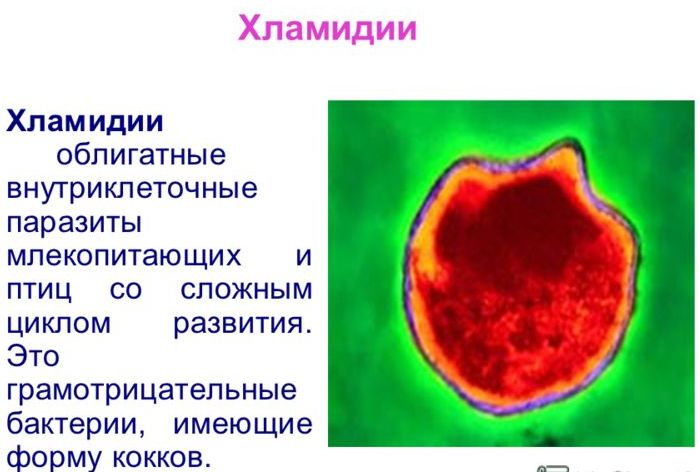
The causative agent of chlamydia
Symptoms
The specificity of the development of chlamydia in cattle depends on the location of the lesion, as well as the age of the animal. The first manifestations occur 3-20 days after infection. There are the following forms of chlamydia:
- respiratory form. It is manifested by an increase in temperature up to 40-41 ° C, increased heart rate, swelling of the nasal mucosa, swelling of the eyelids, conjunctivitis, the appearance of related outflows, which become mucous with an admixture of pus on 3-4 days.
- intestinal form. Manifested by an increase in temperature to 40-40,5 ° C, the appearance of diarrhea. The animal refuses to eat. There is also a general depression, hyperemic oral mucosa. Sometimes ulcers and erosions appear in the mouth.
- Genital chlamydia. Manifested by abortion, retained placenta, metritis, endometritis. Transferred chlamydia sometimes ends in infertility.
- encephalitic chlamydia. Manifested by uncoordinated movements, involuntary contractions of the muscles on the neck and nape of the animal, trembling of the head.
- conjunctival form. It is characterized by the appearance of keratitis, conjunctivitis, lacrimation.
With a respiratory manifestation of chlamydia, the disease covers 70-80% of the livestock, and lethal cases account for 15-25% of the total number of cases. The intestinal form of chlamydia is characterized by a coverage of 30 to 70% and a mortality rate of 20 to 30%. The incidence of genital chlamydia is 25-60%. With an encephalitic species, the mortality rate of cattle is 100%.
In young animals, the following signs come to the fore when infected with chlamydia:
- gastroenterocolitis;
- polyarthritis (more often in calves aged 3-10 days, there is damage to the carpal and tarsal joints);
- bronchopneumonia (more often in young animals aged 20-30 days to 5-6 months);
- conjunctivitis.
Newly born calves may have diarrhea, and feces may contain mucus or blood. A blood test reveals leukocytosis and neutrophilia. Chlamydia in adult bulls may present with symptoms of orchitis, urethritis, or balanoposthitis, or be asymptomatic with deterioration in semen quality.
Diagnosis of bovine chlamydia
For the diagnosis of chlamydia in farm animals, epizootological data, conclusions about pathological changes, and the results of clinical observations are used. Also, chlamydia is detected by laboratory tests, for which blood, feces, swabs from the nasal mucosa and conjunctiva are taken from infected cattle for analysis.
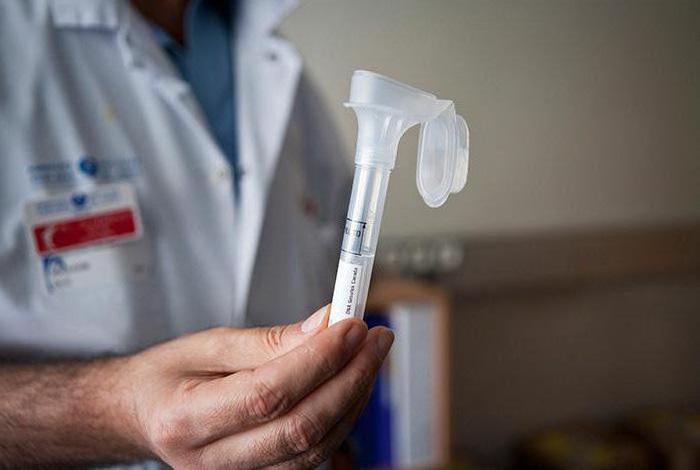
Washings from the nasal mucosa and conjunctiva
For post-mortem examinations, parts of all major internal organs are taken from dead cattle, and during abortive processes, the placenta, vaginal mucus, the contents of the abomasum, and samples of the liver, spleen, and kidneys are examined. To detect chlamydia in breeding bulls, laboratory analyzes of semen, ejaculate, and also analyzes of flushing from the preputial sac are carried out.
The diagnosis is made according to laboratory tests in the following cases:
- when the pathogen Chlamydia psittaci is released in the selected tissues and fluids;
- upon detection of Chlamydia psittaci in selected analyzes and positive results of the analysis of blood serum;
- with an increase in the antibody titer in the blood serum of aborted cattle.
When issuing a diagnosis, it is worth distinguishing the respiratory and intestinal type of the disease from rhinotracheitis of infectious origin, mycoplasmosis, salmonellosis, adenovirus disease and colibacillosis. The encephalitic form should be differentiated from diseases such as listeriosis, rabies, Aujeszky’s disease.
Pathological anatomical studies reveal an enlarged granular liver, specific foci of inflammation in the myocardium, inflammatory processes in the kidneys of the animal. Also, animal corpses may show signs of gastroenterocolitis, pleurisy, pneumonia, cartilage necrosis in the joints, hemorrhages, and accumulation of a grayish-yellow fluid. All these signs are most typical for the fetuses of cattle, aborted at 7-9 months. At earlier terms of abortion, the internal organs of the fetus do not have visible lesions, with the exception of accumulations of reddish fluid in the abdominal and pleural region and reddish subcutaneous edema.
Treatment
Features of the treatment of chlamydia in cattle are the low effectiveness of traditional antibiotics and sulfonamides. The greatest effectiveness of treatment is noted when using geomycin-retard and teramycin, which are prescribed at a dosage of 1 ml/10 kg of body weight. The drug is administered twice with a break of 4 or 3 days. Also, for the treatment of chlamydia in diseased animals and carriers, tetracycline antibiotics are used, as well as specific agents, such as convalescent serum.
Prevention of bovine chlamydia
The main preventive measure against chlamydia in animals is the timely detection of the disease and the adoption of measures to limit the unfavorable territory. In pigsties, farms and households, the export of raw materials, meat, dairy products, free mating, the transfer of animals within the farm, and the import / export of cattle are prohibited. Cattle of farms in which cases of chlamydia are noted can be immunized with vaccines.
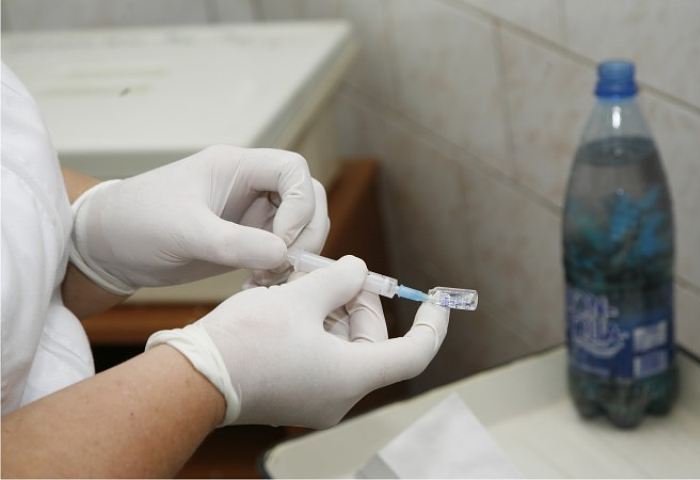
Vaccination of cattle
All rooms are subject to thorough mechanical cleaning and disinfection. All aborted parts and corpses of infected animals are subject to strict disposal, and bedding in the stalls undergo biothermal disinfection. Milk from an infected farm must be pasteurized or boiled (30 minutes), after which it can be used to feed animals. Restrictive measures for the detection of chlamydia are valid for the duration of the treatment of the livestock, as well as another 30 days after the last case of recovery.
At breeding enterprises where cases of chlamydia are recorded, an additional microscopic analysis of the ejaculate is carried out to determine its cellular composition. If antibodies and the pathogen itself are detected, the animal is sent for slaughter. Animals infected with chlamydia are slaughtered in the premises of a sanitary slaughterhouse. Altered organs are subject to disposal, and unchanged ones can be released after boiling. The skins of infected animals can be released after disinfection.
Chlamydia that enter the body of an animal cause the appearance of humoral and cellular immunity, which is non-sterile in nature. As a result, special immune complexes are formed in the body. The produced antibodies are not able to prevent the disease, however, they provide resistance to the ingestion of a small number of infectious agents, which is typical for natural infection. When using the vaccine, persistent immunity lasts for 12 months. In Russia, when improving livestock from chlamydia, an inactivated cultural emulsion vaccine is used.
Bovine chlamydia is a disease that requires urgent treatment and prevention of spread. Chlamydia not only causes significant economic damage to livestock farms, but also poses a threat to human health. All employees of farms and laboratories who are in contact with a sick animal must strictly comply with measures for personal prevention.
